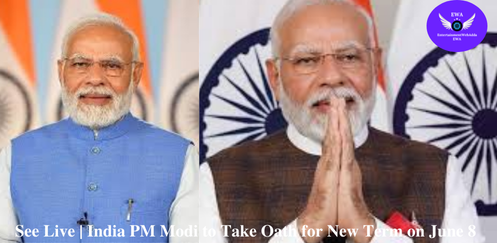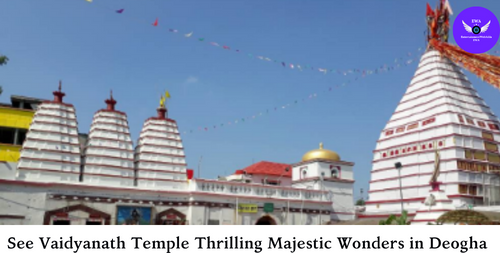Why Dakshin Kali Temple is the Most Powerful Shakti Peeths
Dakshin Kali Temple
One of the most venerated temples devoted to Goddess Kali is the Dakshin Kali Temple. This temple has a distinct place among Shakti Peeths because of its strong spiritual energy and long-standing customs. People travel from all over the world to worship the strong yet kind goddess in hopes of receiving blessings, protection, and strength. However, why is this temple so strong? Let’s examine its mythology, history, customs, celebrations, and neighboring sights.

History of Dakshin Kali Temple
King Pratap Malla is thought to have constructed the Dakshin Kali Temple in Nepal, which is close to Kathmandu, in the 17th century. After having a divine vision, the monarch, who was a huge devotee of Goddess Kali, built the temple. The temple has continued to be a hub for spiritual activities over the ages, especially Tantric worship.
Mythology Behind the Temple
The story of Lord Shiva and Sati is closely associated with the temple. In Hindu mythology, Goddess Sati set herself on fire during her father King Daksha’s yajna.
Lord Vishnu used his Sudarshan Chakra to dismember her body after Lord Shiva carried her burned body in anguish;
The various pieces that fell throughout the Indian subcontinent formed the Shakti Peeths. Since Dakshin Kali is devoted to Kali, the most violent manifestation of Shakti, many people think it possesses the same spiritual power as the other 51 Shakti Peeths, despite the fact that it is not generally included in the list.
Also, read about the Khajuraho Temples
Nearby Attractions
- In contrast to Dakshin Kali’s strong energy, Pharping Monastery is a serene Buddhist monastery.
- The Bagmati River created the steep valley known as Chovar valley, a stunning natural location.
- Shesh Narayan Temple: a well-known Vishnu temple renowned for its tranquil setting and age-old stone carvings.
- Taudaha Lake is a revered lake that is thought to be home to Nagas, or divine serpents, and is a wonderful location for meditation.






